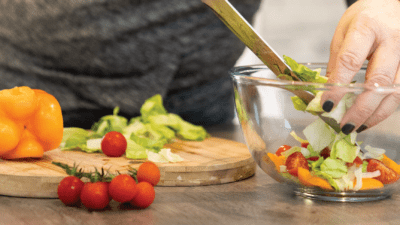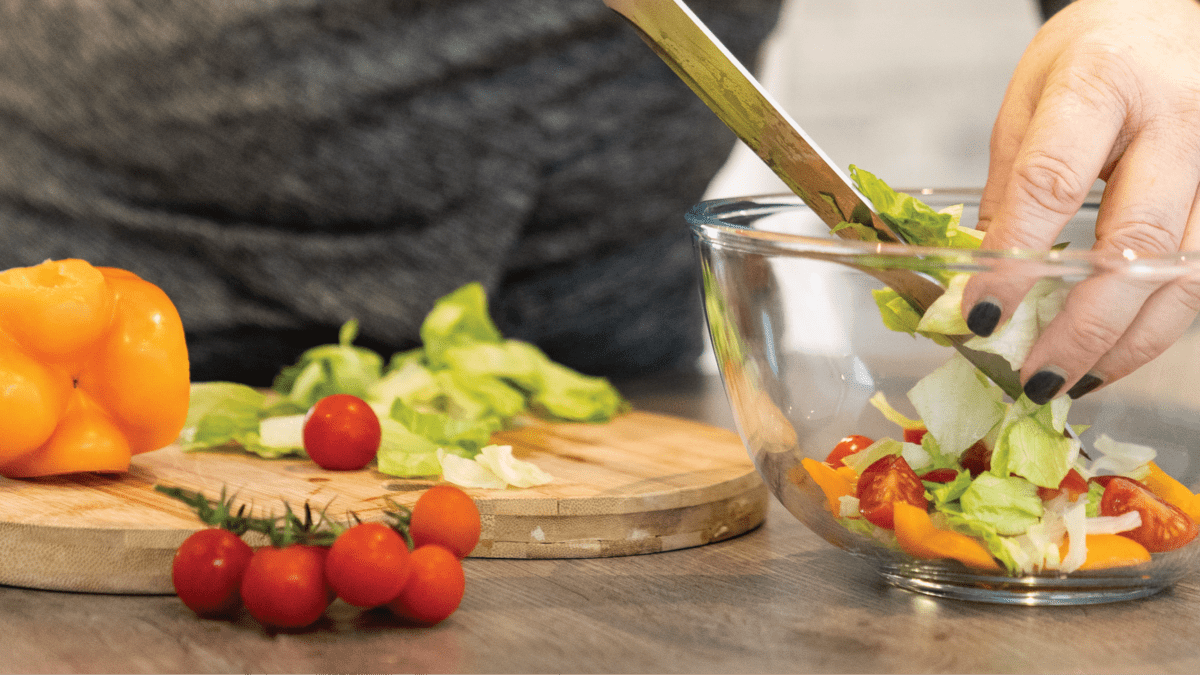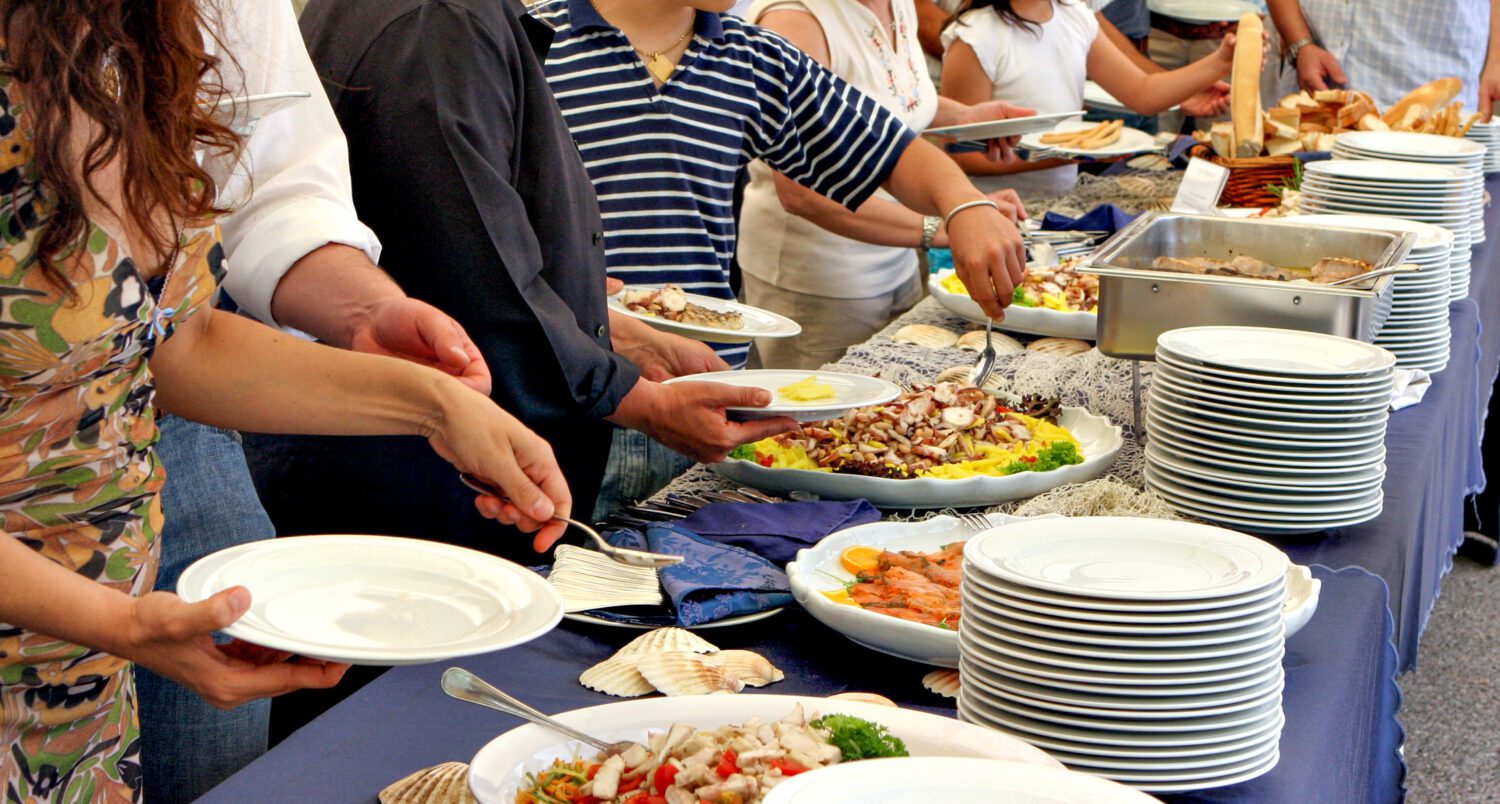



The special theme at this years conference was endurance and to learn a little about the high tech approach at Team Sky was probably worth the trip to Leeds on its own. Not every team is as well-financed however and for me, it’s always just as interesting to hear about the hard learnt lessons other nutritionists discover whilst working with teams and athletes more similar to the ones we all come across – Individuals who live independently, cater for themselves and maybe fuelling full-time jobs as well as their sport.
This year as in previous years more than one of the speakers warned against the perils of ‘the buffet’. Apparently, buffet eating is one of the biggest dangers for athletes, particularly at the competition – attractive layouts and extensive variety can throw even the best-drilled competitor and cause them to eat things they wouldn’t normally touch and in greater volumes. With Christmas and the office party season approaching, I thought it might be worth investigating if buffets are intrinsically bad or is this an athlete thing?
Incredibly there has been a lot of research looking at eating behaviour at buffets and this has conclusively found that people do eat more when they are faced with a buffet than a more traditional meal layout. But when the data is studied more closely it is found that not all diners load their plates to the brim and return to the table multiple times and there are interesting differences, apart from their weight, that set these diners apart from the rest.
The first difference is in the way in which they scan the buffet. These more measured diners are found to take time looking at all the dishes on offer and selecting what they particularly like and want to eat. They tend to then take less overall but more of the individual dishes they like. They are also more likely to use the nearest available plate even if it is smaller than one in the pile behind. Heavier diners did the opposite, they were twice as likely to select the biggest available plate and tended to take a little of everything that they didn’t dislike (2).
And the differences don’t end when you have your food. Measured diners tend to sit on average ten feet further away from the buffet and with their back to the food. They also select well-lit tables, ideally by windows and avoid dimly lit, snug corners. They are more likely to sit at high tables and avoid low comfy chairs. The further away you sit from a serving area is also directly related to the number of second helpings you have (4).

The take-home message is that there are real measurable reasons why buffets and cocktail parties provide a challenge for people who wish to eat healthily but there are ways in which these risks can be minimised. When confronted with a buffet or tables laden with canapés the first thing you should do is scan everything on offer and plan what you will eat. This will not only mean that you can choose the things that you really like but also means that you can leave space for a little of the pudding or cheese you really love. At drinks parties, it is better to have a plate and not just eat whatever is passing but any plate will do, its not good to search for the biggest one you can find and then laden it to the brim.
Lastly, if you are sitting down walk away from the food and find a nice well-lit table where the buffet is out of sight.
To learn more about measuring what you are eating have a look at our Nutrition and Weight Management course.
Resources:
(1) https://www.bda.uk.com/events/senr_events/senr_autumn_showcase_2016/autumn_showcase_2016
(2) Wansink 2014 – Slim by Design – Mindless eating solutions for everyday life. HarperCollins
(4) Wansink 2006 – Mindless Eating. Why we eat more than we think. New York Bantam-Dell.